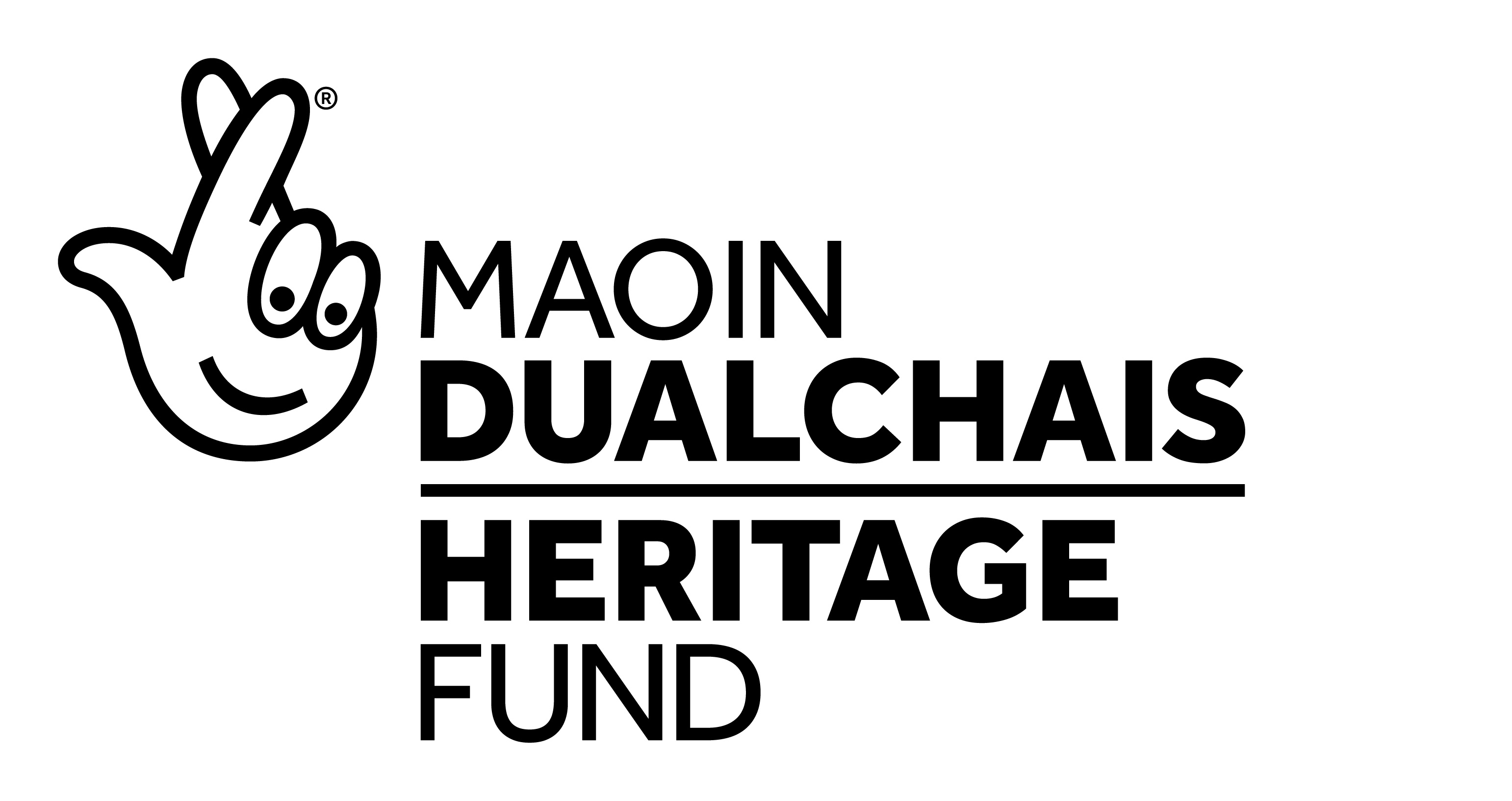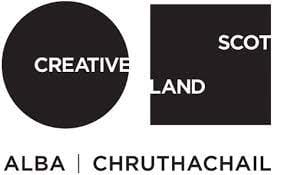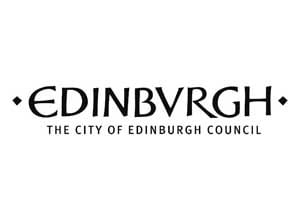-
 Ursula Pretsch, Under the Tuscan Sun, screenprint, 2025.
Ursula Pretsch, Under the Tuscan Sun, screenprint, 2025. -

-
![[Clockwise from top left] My print ‘Remains of the tide’ is a 10 colour screen print made using various techniques...](data:image/gif;base64,R0lGODlhAQABAIAAAAAAAP///yH5BAEAAAAALAAAAAABAAEAAAIBRAA7)
-

-

-

-

-
-
Participating Artists
Senada Borčilo | Sheila Chapman | Emma Griffin | James Harrison | Emily Hogarth | Rona Maclean | Sally Mairs | Fiona Maher | Jenny Martin | Jordan McQuaid | Cat Outram | Erica Paterson | Lee Phifer | Ursula Pretsch | Douglas Reed | Nicky Sanderson | Miriam Vickers | Emma Whigham | Caitlin Whitaker
9 May - 1 Jun 2025


![[Clockwise from top left] My print ‘Remains of the tide’ is a 10 colour screen print made using various techniques...](https://artlogic-res.cloudinary.com/w_620,h_620,c_limit,f_auto,fl_lossy,q_auto/ws-artlogicwebsite0124/usr/images/feature_panels/image/items/cf/cffaa82695004b428a6909d158da3a53/4-img_8626.jpg)




























